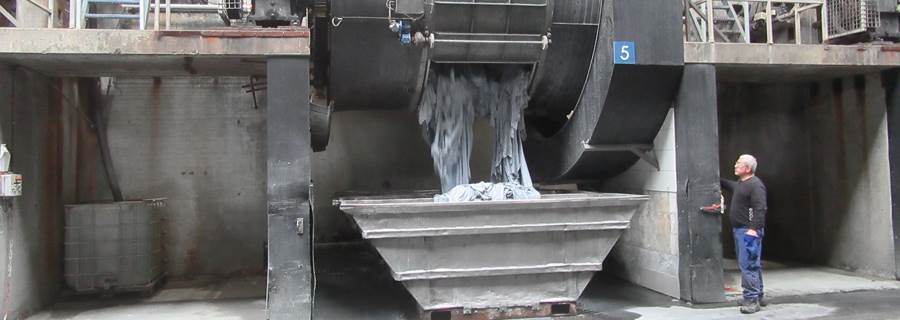Management of water-use in tanneries
About this essay
We first published essay ten in the Nothing To Hide series in the August-September 2015 issue of World Leather. Its author was Jutta Knoedler, then general manager of I-T-G Environmental Technology, a consultancy group in Germany. She began auditing the environmental performance of tanneries in 1991 and is still a globally respected authority. She has carried out audits for the Leather Working Group (LWG) and for Energy Controlled Leather (ECO2L). She has also carried out research projects for the European Union, German Federal Ministry for Environment, the German Leather Association and the Research Association for Leather. She has received awards for ground-breaking technical and scientific work for waste management in tanneries (from VGCT, the German association of leather chemists), for improving energy efficiency (Deutsche Energie-Agentur, the German Energy Agency) and for energy conservation and pollution reduction in tanneries (from the China Leather Industry Association).
Executive summary
Considerable efforts have been undertaken by the tanning industry in recent years to obtain a better understanding of its own water footprint through collection, evaluation and benchmarking of water consumption data. Recent data shows vast improvements have already taken place.
Tanneries adhere to legal requirements or recommendations on water usage and the vast majority are working hard to cut use for several reasons, including their own quests for sustainable production, customer demands and cost effectiveness. Across the world, new legislation that requires tanneries either to operate their own effluent plants or, if they are in clusters, connect to common treatment facilities is in force or coming into force.
This essay outlines how the ‘reduce, reuse, recycle’ philosophy is being adopted for many reasons and with excellent results, with machinery and chemical companies launching innovations on a regular basis to help tanners adhere to their goals.




